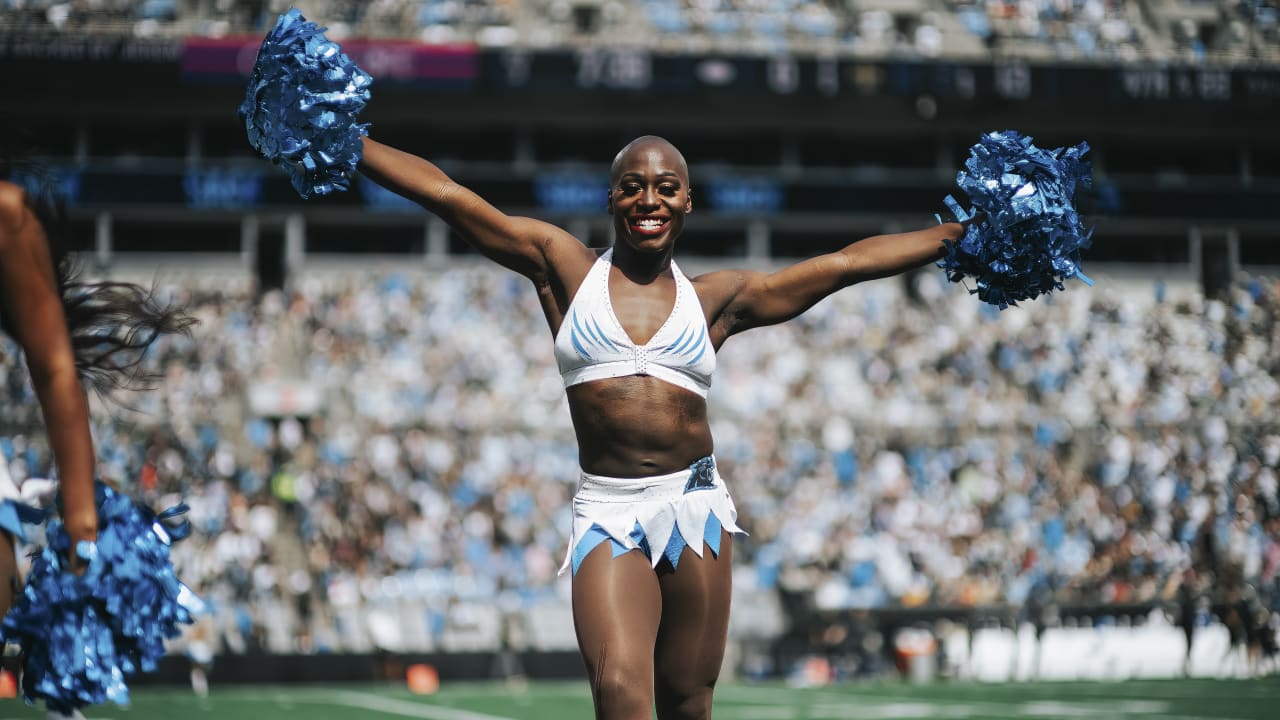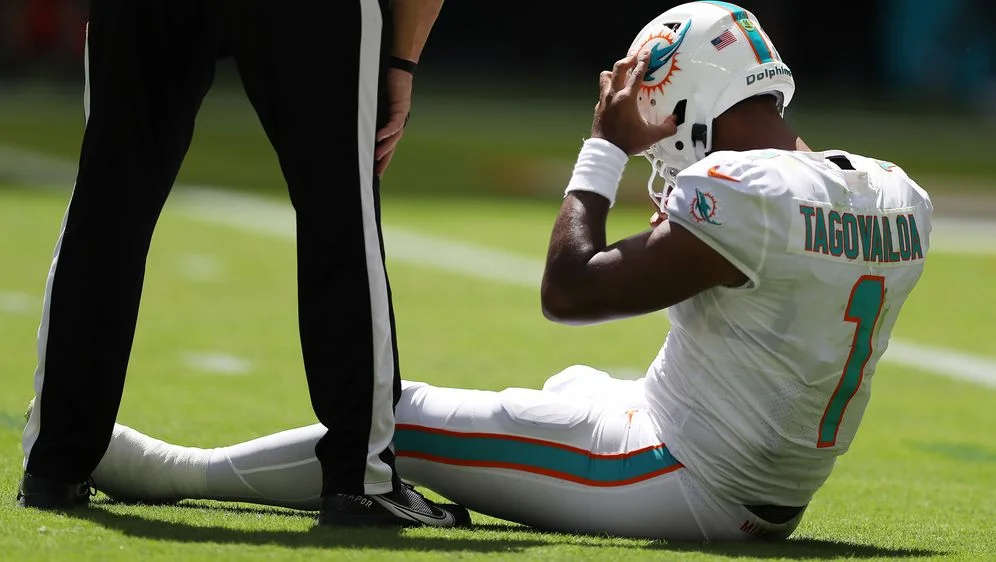PUP, IR, NFI – the lists used in the NFL to identify injured, ill or suspended players are numerous. Everyone knows them. But how do they actually work?
Munich – In the NFL, if a player cannot do his job, be it through injury, illness or suspension, he is usually placed on one of the infamous lists to make room on the 53-man roster.
There are a few of these lists – the rules of which have fundamentally changed with the Corona pandemic.
NFL News explains how PUP, IR, NFI and co. work in 2021.
Physically Unable to Perform (PUP)
For injured players only, prior to Week 1. The list for preseason injuries or offseason workouts. A distinction is made between Active/PUP and Reserve/PUP.
A player who was unable to practice prior to Training Camp may be placed on the Active/PUP list. If a player participates in at least one practice at camp, he can no longer be placed on the PUP list.
If a player from the 90-man squad who was on the Active/PUP list during Training Camp and did not participate in any training sessions does not become fit by the end of the Preseason, i.e. does not pass the official medical check, he can be placed on the Reserve/PUP list before the start of the Regular Season.
The player will then miss the first 6 weeks of the season, he is not allowed to play or train with the team during this time, but only to work with the coaches and attend meetings. The earliest possible date for the comeback is matchday 7.
However, teams will have some time to make their decision. After the 6 weeks on PUP, a window of another 5 weeks opens where the player has to start training with the team. If he cannot, he remains on the PUP list for the rest of the season.
Once the player begins team training, the franchise has 21 days to decide whether to activate the player for the 53-man roster, release or waive him, or place him on the IR list for the remainder of the season.
So if all the time slots are used up, a player may well not be activated from the PUP list until December.
Players on the reserve/PUP list do not count towards the 53-man squad (but they do count towards the 90-man maximum), but they are also not allowed to negotiate with other teams – a good way of retaining long-term injured performers.
If an injured player does not land on the PUP list before the start of the Regular Season, he must either be placed on the IR list or a squad spot must be used for him.
If a player is called up from the PUP list to the active squad, another player must make way for him, whether by release or waiver.
Injured Reserve (IR)
For injured players, before or during the season.
Teams can generally put as many players on the IR list as they want. Players on IR count against the salary cap. They are not allowed to practice with the team, though they may attend meetings.
Prior to 2012, no player on the IR list was allowed to return to the active squad of the same team during the current season. From 2012 it was one, then from 2017 it was two.
Because of the Corona pandemic, the rules were relaxed from 2020 to give teams more flexibility.
All players on IR who have a so-called “Designation to Return” are allowed to return to the active squad after a break of at least 3 games (not weeks) (previously it was 8 weeks). Prerequisite: the player was part of the 53-man roster on 1 September, i.e. after the final cuts.
The active 53-man squads on match days are not “burdened” by the IR players – here the teams can fill up with players from the practice squad, for example.
After the 3-game break (in the playoffs, by the way, unlike in Regular Season, bye weeks also count as games), the player can return to training. The first day of training opens a window of 21 days in which the player must be activated again. If he is not, he must remain on IR for the rest of the season.
So, for example, if a player is placed on the IR list after Week 3 and his team has a bye week in Week 5, he cannot play again until Week 8 at the earliest. If, on the other hand, a player is placed on the IR list after Week 16 and his team has a bye week in the Wild Card round, he can play again as early as the Divisional Playoffs.
If a player is activated from IR and then has to go on the list again, he cannot return a second time.
Non-Football Injury and Non-Football Illness (NFI)
The list for all injuries and illnesses (other than Covid-19) that are not NFL-related – i.e., for example, car accidents, college injuries carried into rookie year, or long-term illnesses such as cancer.
As with PUP, a distinction is made between Active/NFI (during Training Camp) and Reserve/NFI (during the Regular Season).
Since 2020, the regulations for Reserve/NFI have been virtually identical to those for the IR list: any number of players from the NFI lists may be activated – previously there was a maximum of two – but only players who were part of the 53-man squad after 1 September.
Teams do not have to pay a basic salary to players on NFI lists, as they are not “responsible” for the injuries/illnesses. However, an agreement is usually reached.
Important: Only players who have sustained a “major” injury may be activated by both IR and NFI. According to the NFL definition, a “major” injury is when the affected player cannot play or practice for at least three weeks.
If a player with a “minor” injury is placed on one of the rosters, he cannot return but must be released or waived after passing the medical exam.
Reserve/Suspended
For Suspended Players.
Players who have been suspended by the NFL for a specified period of time cannot be placed on the PUP list prior to the Regular Season (unless they had an injury that prevented them from practicing prior to the suspension).
Suspended players are allowed to practice with the team in the offseason and even play in the preseason. After the final roster cuts, suspended players do not count towards the 53-man roster, but go on the Reserve/Suspended list. From that point on, they must stay away from team facilities and train alone, away from teammates and coaches.
The day after the suspension expires, the players can be activated for the 53-man squad if another player makes room for them.
Reserve/Covid-19
A roster introduced before the start of the 2020 season. For players suffering from or testing positive for Covid-19.
The rules of the Reserve/Covid-19 list have changed somewhat in 2021 compared to 2020. Whereas in 2020 every player remained on this list until cleared by a medical certificate, in 2021 a distinction is made between vaccinated and unvaccinated players.
If a vaccinated player tests positive, he must isolate himself immediately, but can return to the team provided he shows no symptoms and can present two negative tests after 24 hours each. It is therefore theoretically possible for a vaccinated player to train or play again just 48 hours after testing positive.
For unvaccinated players, it is sufficient to have close contact with someone who has tested positive, i.e. for longer than ten minutes at a distance of less than 1.5 metres without sufficient protection. The unvaccinated player must then be in isolation for five days, even if the first test is negative, and is tested daily. Only if all five tests are negative is he allowed to return to the team.
If an unvaccinated player tests positive himself, he must be quarantined for at least ten days, even if he shows no symptoms. In general, the period of absence depends on the severity of the disease.
Players on the Reserve/Covid 19 list do not count towards the 53-man squad.
Reserve/Opt-out
Also introduced for the 2020 season. For players who voluntarily sit out the season (primarily due to health concerns). The waiver must be officially announced by a pre-determined deadline.
Players on this list do not count against the 53-man roster or the salary cap. Their contract will be “frozen”. Meaning: in the first season in which they participate again, they will be paid according to the contract conditions of the first suspended season.
Specifically: 67 players suspended in 2020, none in 2021. The players who are active again and are not absent for other reasons therefore receive the salary of 2020 in the current season (minus a small part of the basic salary and roster bonuses that were already paid out in 2020).






Comments
No Comments